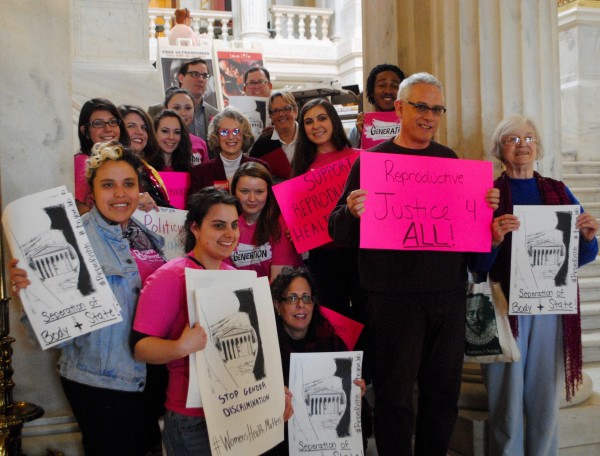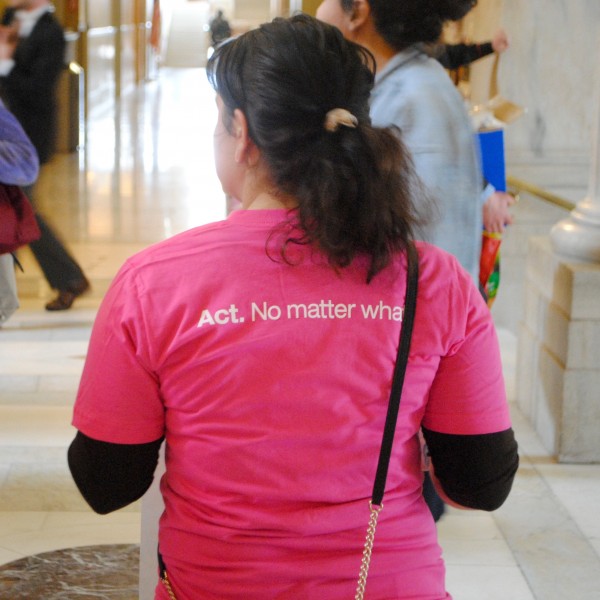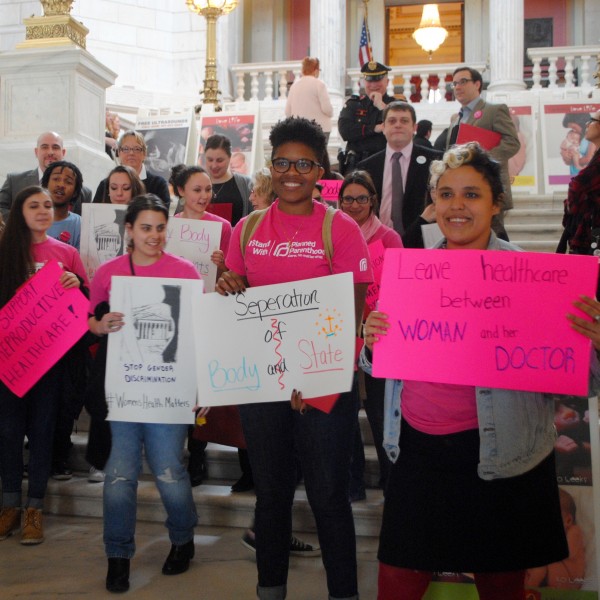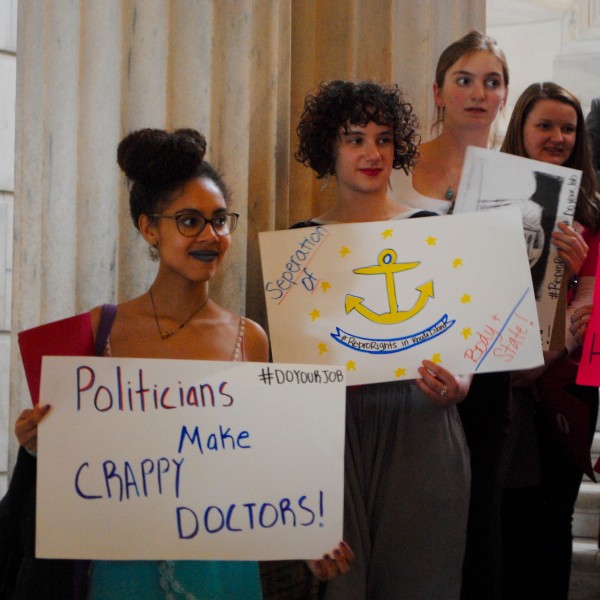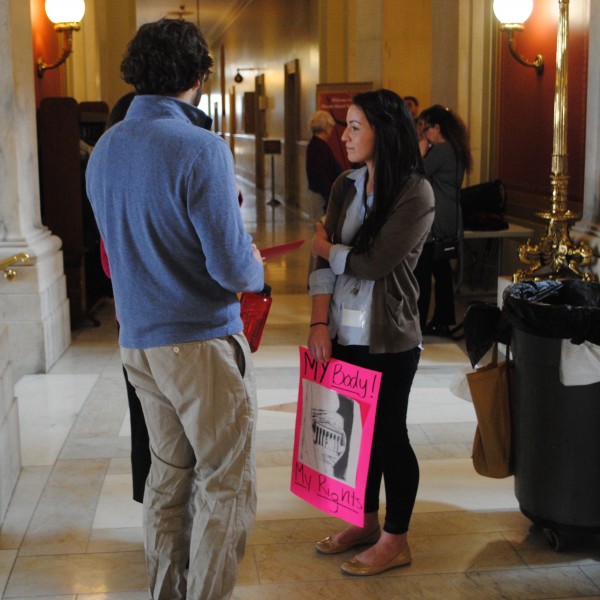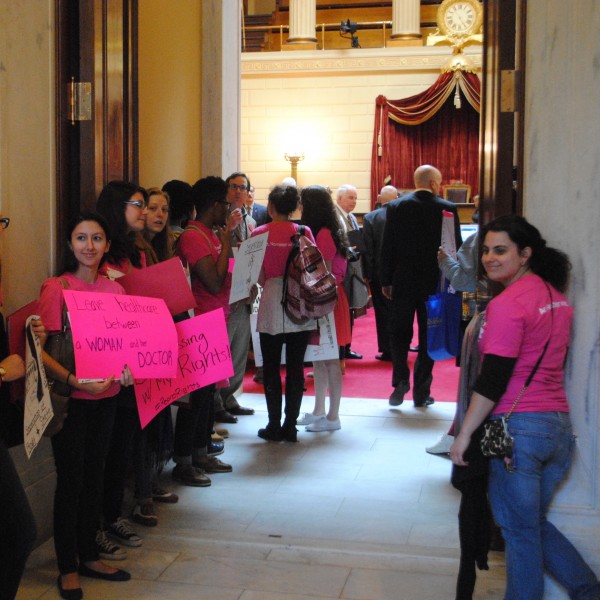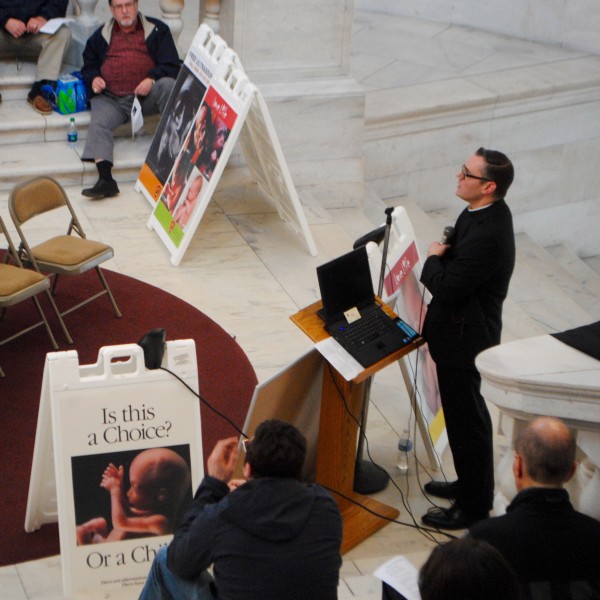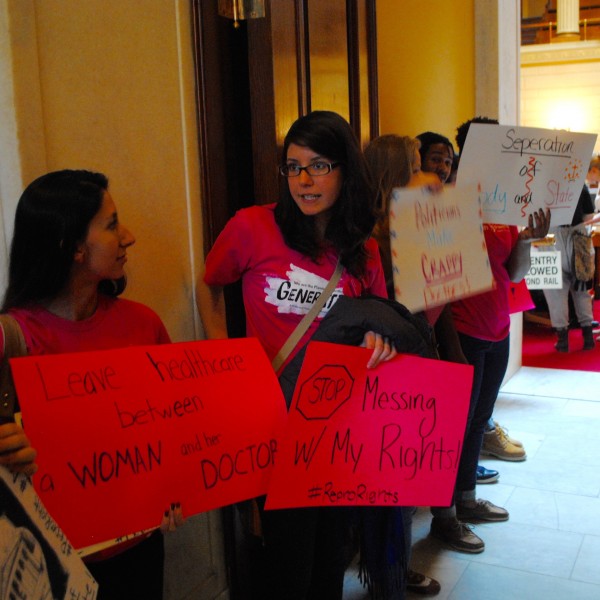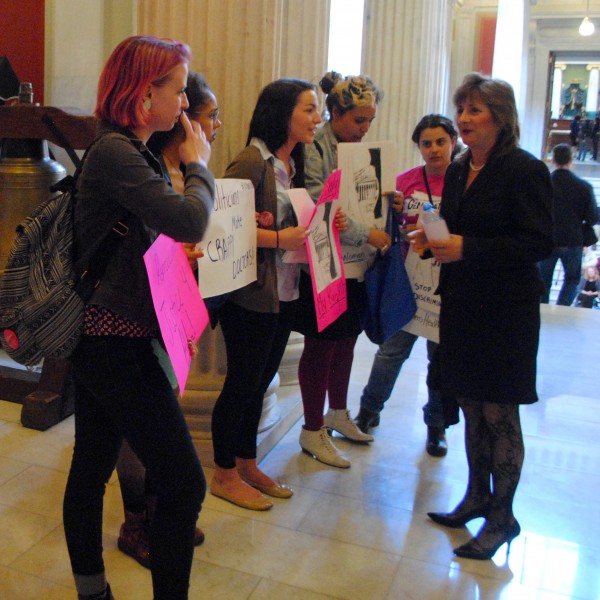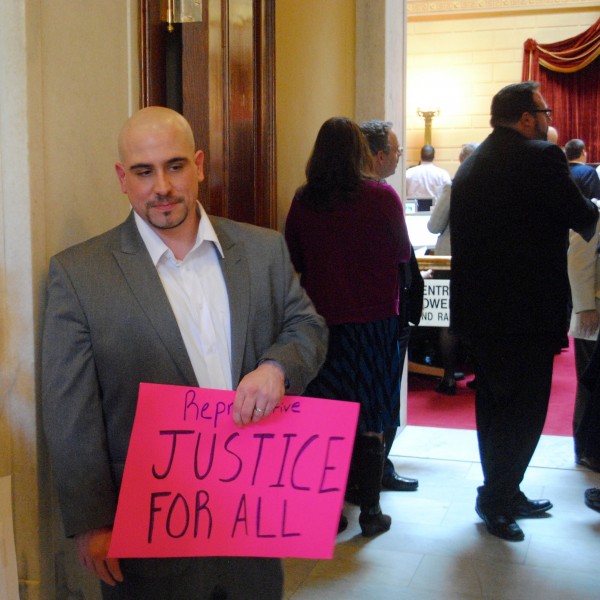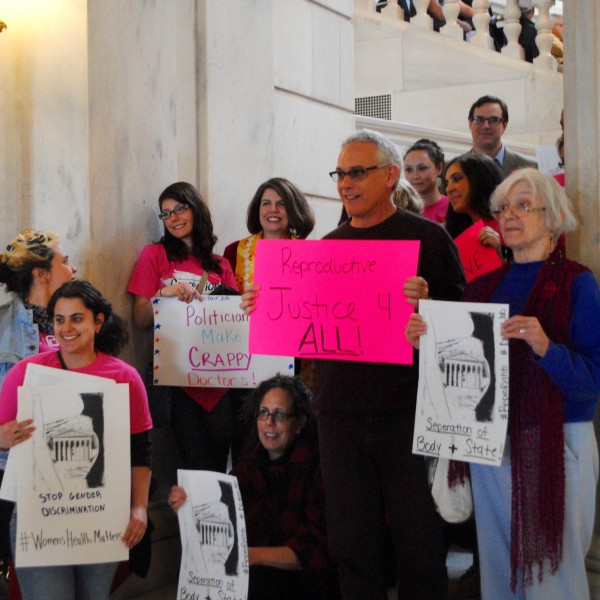Kingston, Rhode Island, March 22, 2016 — On October 29 of last year, Invenergy Thermal Development LLC filed an application with the Rhode Island Energy Facility Siting Board to construct a fossil fuel —mostly fracked gas— power plant in Burrillville, RI, the so-called Clear River Energy Center (CREC). At its open meeting on January 29, the siting board excluded numerous groups from formal participation in the review of the CREC proposal. Among those groups are the Burrillville Land Trust, the Rhode Island Progressive Democrats and an array of grassroots organizations including Fossil Free Rhode Island.
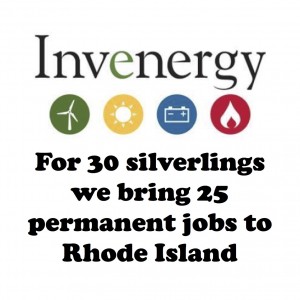 Last year, the Federal Energy Regulatory Commission approved a build-out of the compressor station in Burrillville which started in the fall of 2015 and is part of an interstate pipeline expansion called the Algonquin Incremental Market (AIM) Project. This project has been highly controversial. In New York, the expanded pipeline would pass within 105 feet of critical infrastructure at the Indian Point nuclear power plant.
Last year, the Federal Energy Regulatory Commission approved a build-out of the compressor station in Burrillville which started in the fall of 2015 and is part of an interstate pipeline expansion called the Algonquin Incremental Market (AIM) Project. This project has been highly controversial. In New York, the expanded pipeline would pass within 105 feet of critical infrastructure at the Indian Point nuclear power plant.
In response to this situation, last month Governor Andrew Cuomo of New York directed four New York state agencies to perform an independent safety risk analysis and asked the Federal Energy Regulatory Commission to halt construction of the pipeline until this review is completed.
Invenergy’s CREC proposal, which capitalizes on the AIM pipeline expansion, raises serious concerns about the cumulative impact of these various projects on public health in Rhode Island.
Last week, in an email to Directors Janet Coit of the RI Department of Environmental Management and Nicolle Alexander-Scott of the RI Department of Health, University of Rhode Island physics professor Peter Nightingale raised a number of questions about the cumulative impacts of fracked gas infrastructure developments on public health in Burrillville, RI. Among these are Spectra Energy’s AIM Project, Invenergy’s CREC, and Access Northeast, a project of Eversource Energy, National Grid and Spectra Energy. In addition, on December 1 of last year, TransCanada applied to the Energy Facility Siting Board to build yet another gas-fired power plant, Ocean State Power Phase III, in Burrillville. TransCanada seems to have abandoned the project for now, but who knows for how long?
Nightingale wonders: “How can a modeling done at average temperature and humidity conditions capture the true episodic nature of the impact of CREC and the other nearby pollution sources on public health? Human health is highly susceptible to episodes and these are smoothed out by taking averages. Temperature, humidity and sunlight fluctuate wildly in Rhode Island and, due to climate change, they are expected to vary increasingly fiercely during the lifetime of the proposed Clear River Energy Center.” Nightingale refers in this context to research by Hansen and Sato that found a more than ten-fold increase in weather extremes that occurred during the last 45 years, a time span comparable to the expected life time of the power plant Invenergy is proposing. [3]
As part of the regulatory process of the siting board, Invenergy submitted a report produced by the ESS Group, an environmental consulting group, that claims to take into account the polluting background effect of other sources in Rhode Island near Burrillville. Data required for this was, as the ESS study mentions, supplied by the Department of Environmental Management. Obviously, no information is available yet for the new situation that was created by the 2015 compressor station build-out that is part of the AIM Project.
The environmental impact study performed by the Federal Energy Regulatory Commission before it approved the AIM Project pipeline expansion last year lists Providence County as “moderate nonattainment,” which means that the air quality is below the standard required by the Clean Air Act. The same federal study shows that the noise level of Spectra Energy’s compressor station was above the legal limit even before the last build-out started.
In addition to the public health risks posed by CREC, it is clear that building a 1-gigawatt fossil fuel power plant in Burrillville will be a serious impediment to the growth of green energy in Rhode Island and neighboring states. As Marie Schopac of Charlestown, a member of Fossil Free RI, remarked: “The financial investment in the wind farm will be all for naught if a gigawatt fracked gas power plant is built. Rhode Island needs a coordinated energy policy.”
Clearly, all of the above raises serious questions about the validity of the assessment of the impact of the newly proposed power station.
Hansen’s latest: Ice Melt, Sea Level Rise and Superstorms Video Abstract
Climate Science, Awareness and Solutions

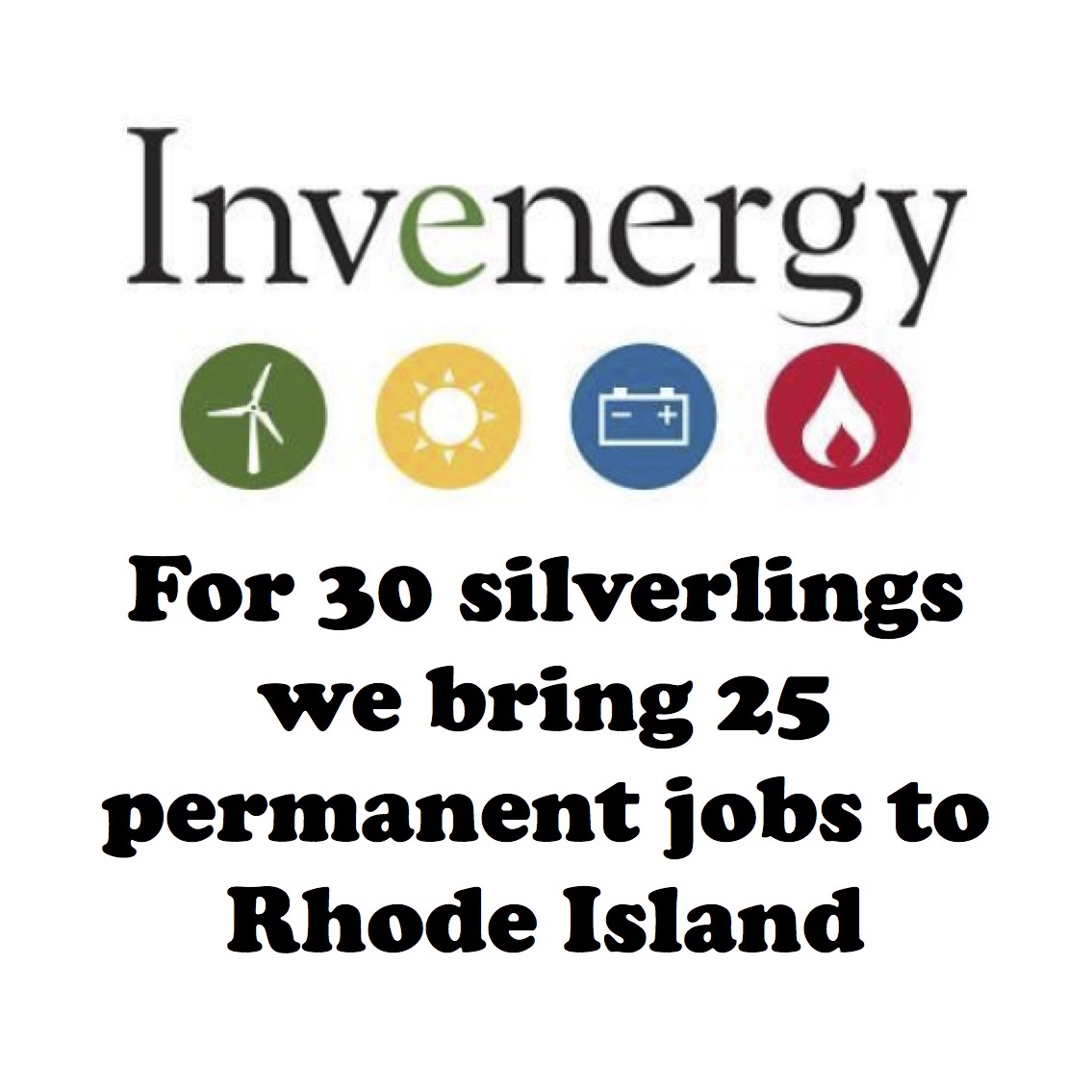
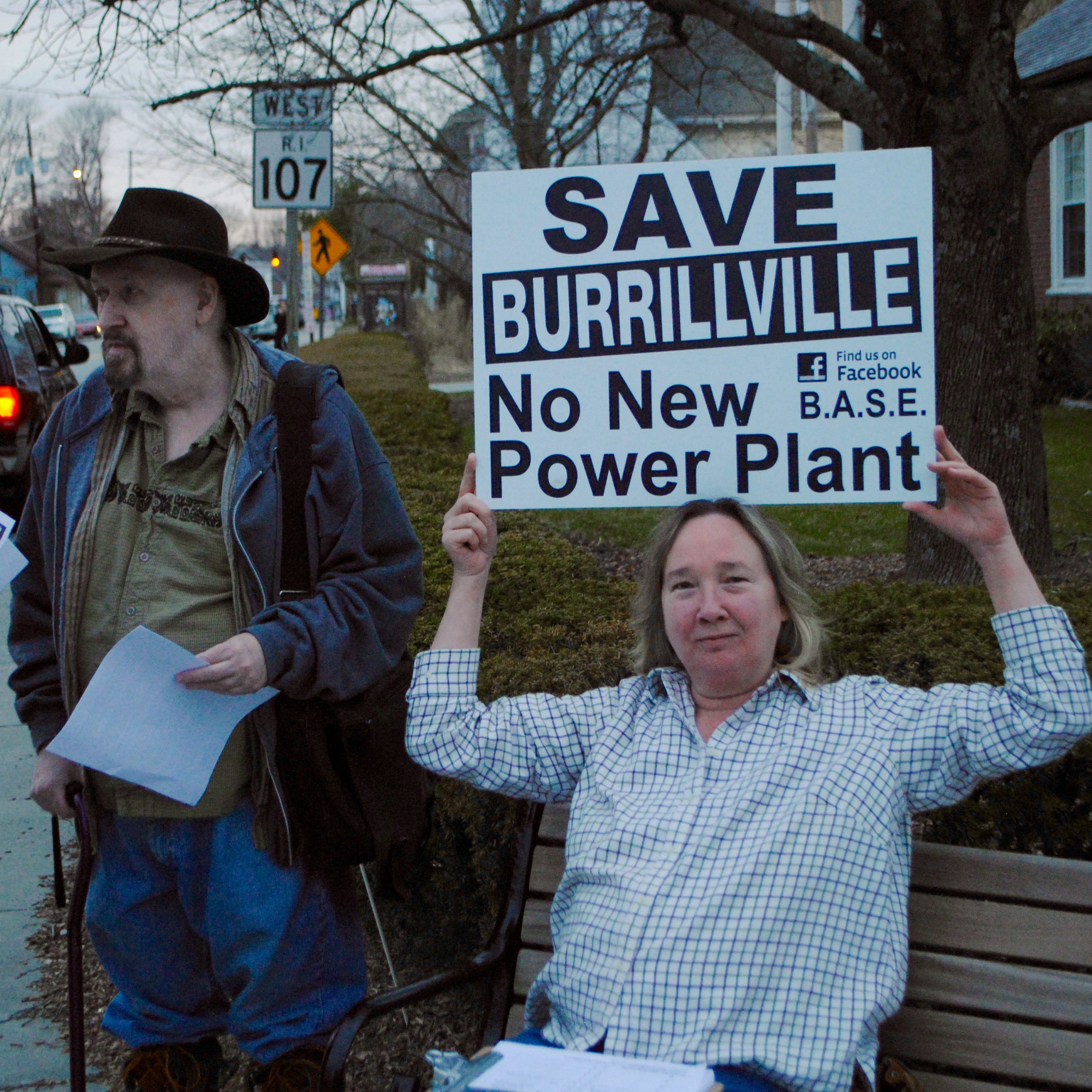
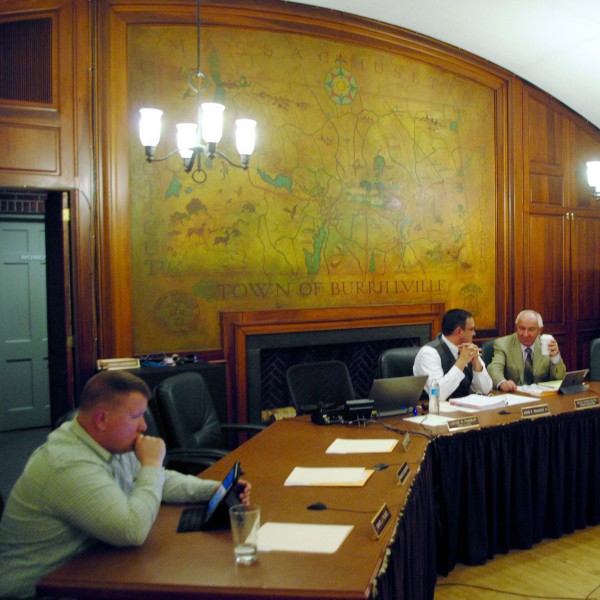 During public commentary at the Burrillville Town Council meeting Wednesday night, two real estate agents talked about the negative effect the proposed gas and oil burning Clear River Energy Center is already having on property values in the town.
During public commentary at the Burrillville Town Council meeting Wednesday night, two real estate agents talked about the negative effect the proposed gas and oil burning Clear River Energy Center is already having on property values in the town.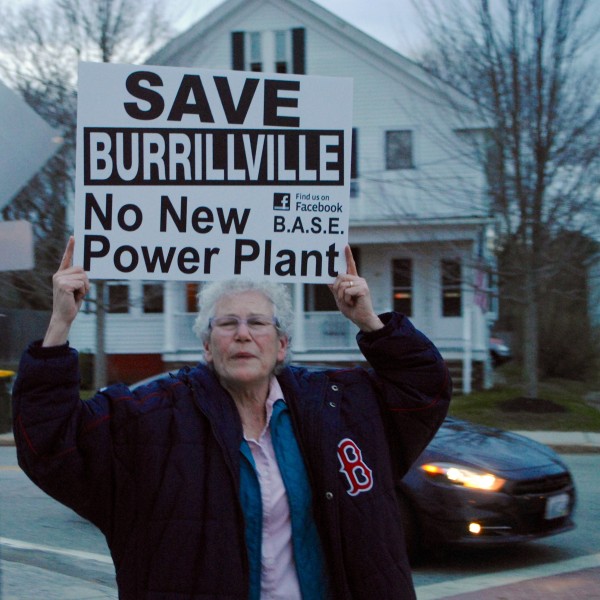
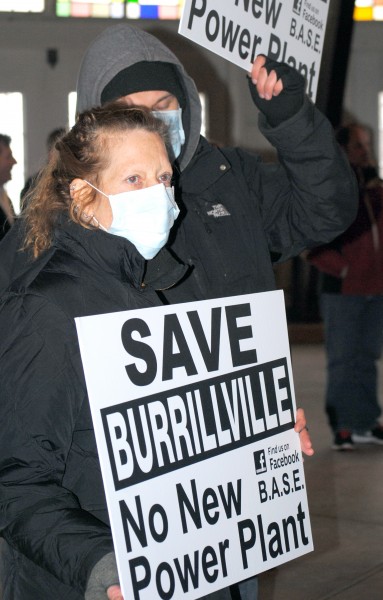



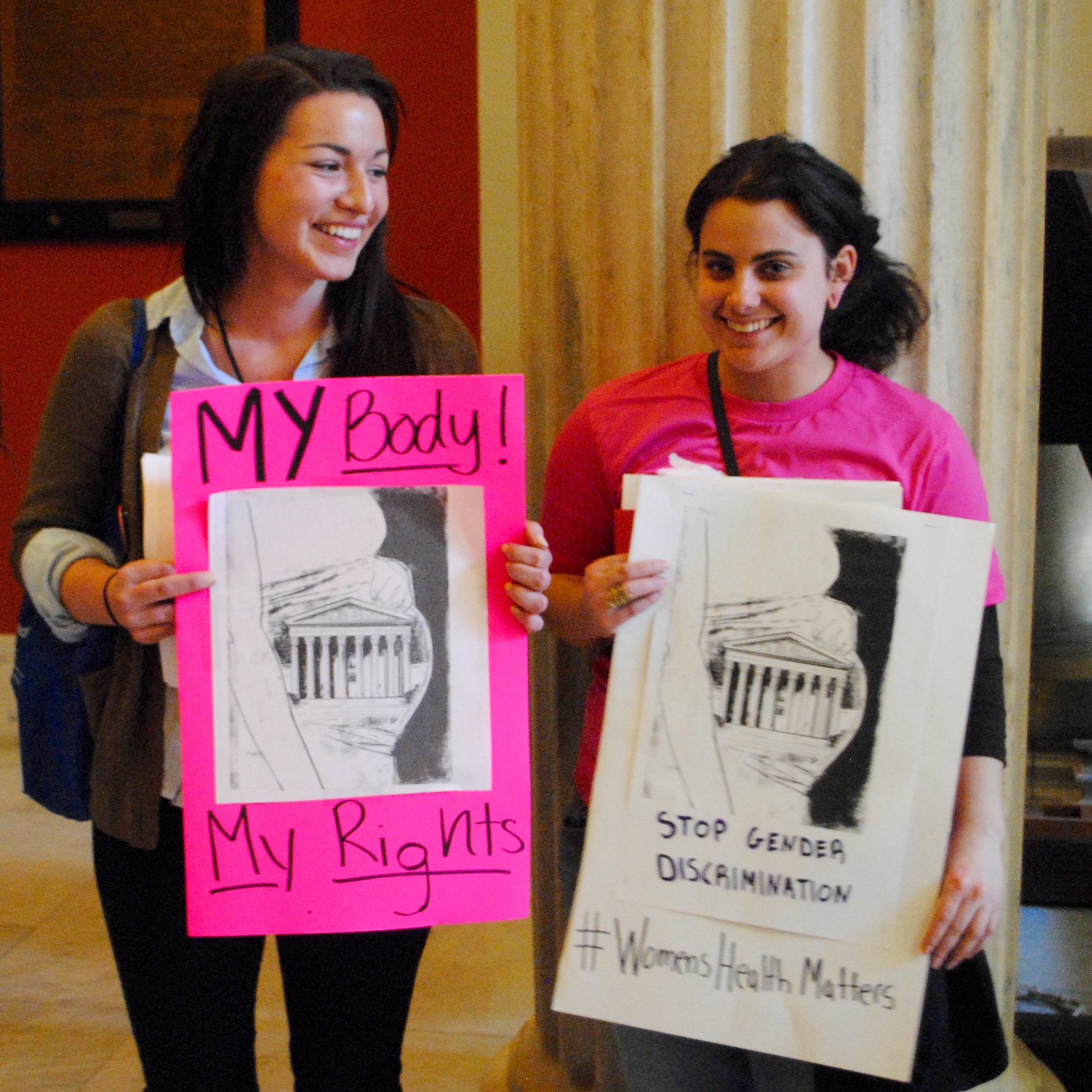
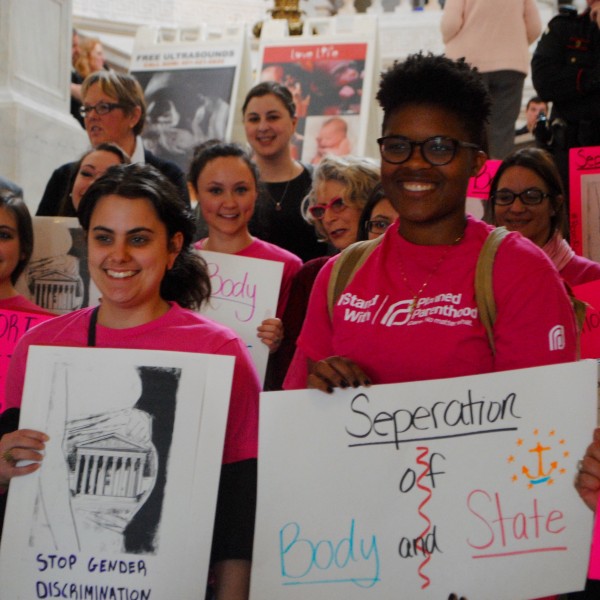 Planned Parenthood of Southern New England held a Reproductive Freedom Lobby Day at the State House yesterday, perhaps coincidentally coinciding with the Supreme Court hearing oral arguments in
Planned Parenthood of Southern New England held a Reproductive Freedom Lobby Day at the State House yesterday, perhaps coincidentally coinciding with the Supreme Court hearing oral arguments in 